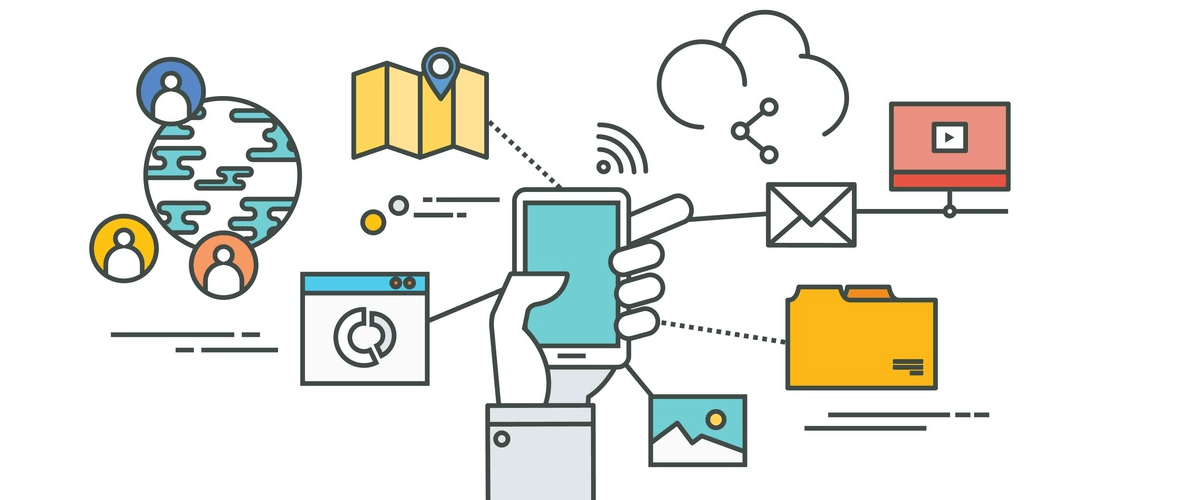As most designers know, utilizing usability testing to evaluate a product by testing it on its consumers is an intelligent decision when perfecting your website.. This can be seen as an irreplaceable practice since it gives direct input on how a brand’s consumers use their website. To see a test in action, have a look at this video.
It’s often difficult to explain why usability tests are necessary for your clients. Usability testing can give you the upper hand on competitors who aren’t doing their due diligence when it comes to explaining the importance of performing these tests and how effective their outcomes can be.
Why should you implement Usability Testing?
Companies and agencies are able to identify what is broken or not working by utilizing usability testing and developing fixes based around those results. Usability testing helps because it focuses on the actual behavior patterns of your consumers and structures solutions as opposed to relying solely on the assumed solutions by clients or designers.
So, why exactly is this testing important for your business?
Designers make a lot of assumptions about what is useful or necessary when it comes to their brands consumers.
Design and development can be costly. Usability testing ensures that your time and efforts don’t go wasted.
How to run a usability test:

Developing a usability test persists of 5 key points
1. Structure a hypothesis
Creating a hypothesis determines what’s currently working, what isn’t and what needs to be improved on. We suggest using web metrics from Google Analytics to spot trends. If you’re using any other analytic platforms, review those results and see where consumers are getting stuck.
2. Identify goals for your test
Try to pinpoint which objectives you want your user test to accomplish. This is important as you should have something to measure and analyze. A simple first test would be to identify where people are having an issue such as creating an account or placing an item into their cart. The more tests you run the more efficient your site will be.
3. Develop a test script
You will want to develop a test script with specific tasks for the user to complete. Normally a task will be centered around a primary feature.
A Script should include a brief background about the site, questions about the test, and a select number of tasks to be completed on the website.
4. Request a verbal reaction in your test.
Quality results can provide a different insight into your test. After analyzing a user completing their task, it’s helpful to ask for a verbal reaction such as:
“Is this what you wanted to see?”
“If you weren’t being tested would you have completed the task?”
“Would you recommend this site to a friend or family? If so why or why not?”
Asking non-leading questions helps engage the user and provide ample information for both the user and the tester.
5. Compile results and recap
Try to recap as much information as possible about what you learned from the test and its results. What were some of the main points gained from the tests? What were some actionable items and main points to consider? When you compile your next test, what would you like to see fixed?
When should usability testing be implemented?
Usability testing should be conducted before starting any new design work or after a strategy work around has been put in place for a brand’s new site or app. This quickly identifies key areas for opportunity, and reduces teh amount of assumptions your design team may make in regards to what the user wants. After the analysis, the team should be able to pinpoint the necessary steps needed to achieve the project goals with minimal disruption.
Never assume that a system is completely broken. Most developers and researchers have spent ample time building what’s currently in front of you. Rather than making the assumption that those teams efforts were misguided, identify targeted areas where validation, design and testing can be conducted in order to correct or enhance the product. This will help limit your work.
Given the amount of testing that occurs, sites are normally launched with the expectation that a new site will significantly outperform the old one. Your data will always back this up. Continue to test your users in order to help improve the stability and consistency of your website. A site must be well taken care of if it’s expected to turn into a fully mature platform. Usability tests are essential to making this happen.

 Marina Lippincott
Marina Lippincott





